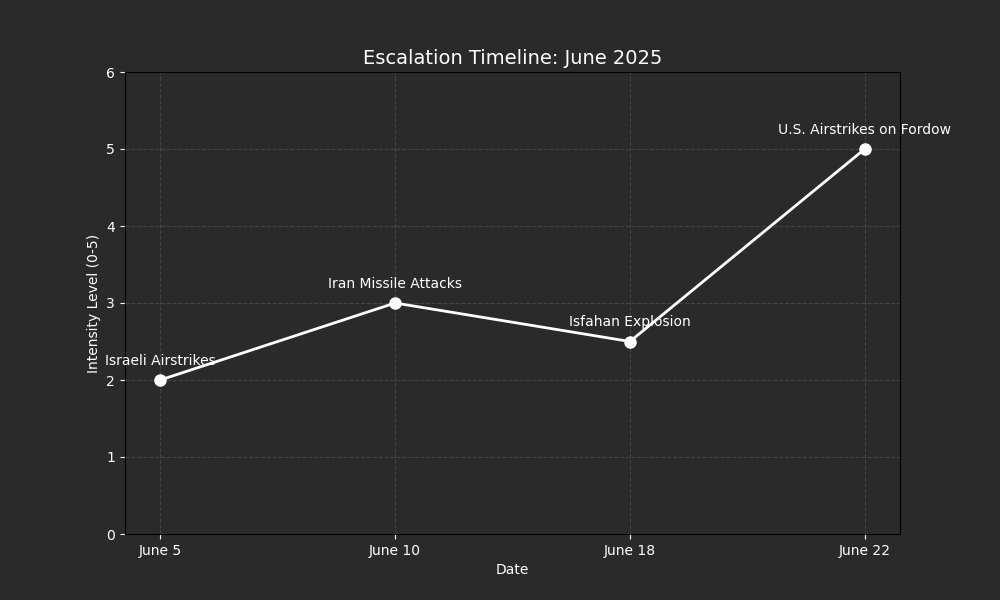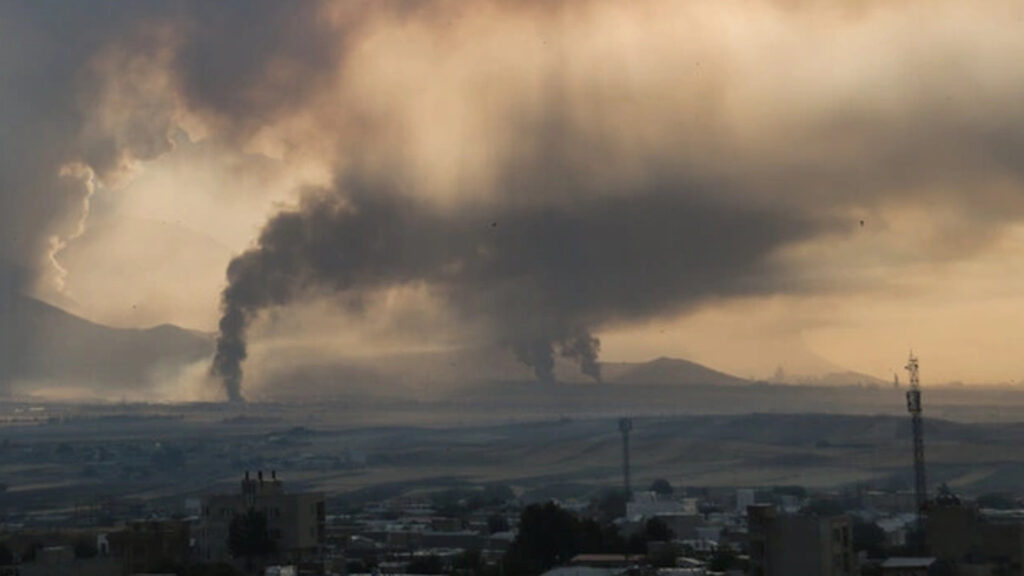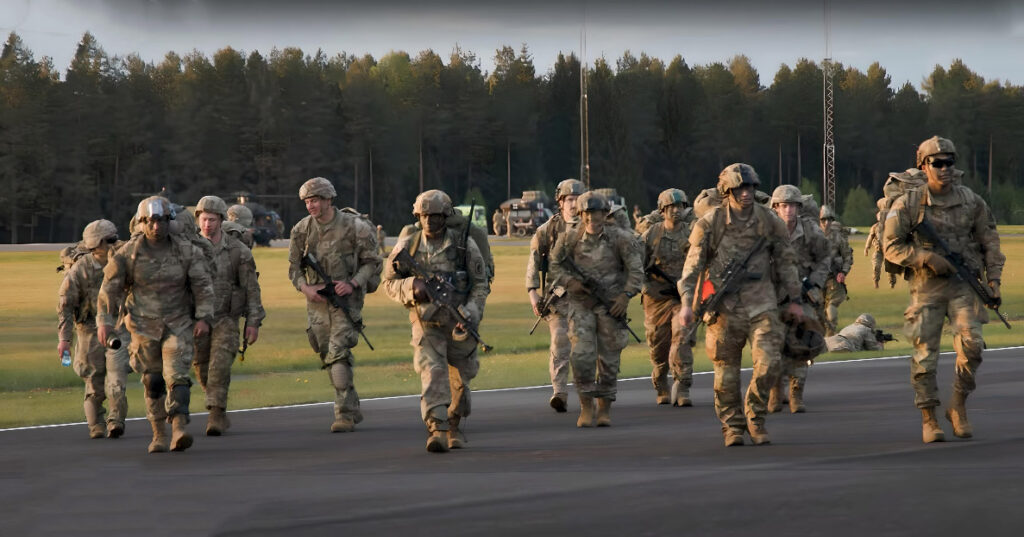June 22, 2025 – The United States has initiated a new wave of military escalation in the Middle East, targeting Iran’s nuclear infrastructure in a series of precision airstrikes.
In a significant overnight operation, U.S. forces conducted coordinated airstrikes on Iran’s nuclear sites, focusing on three critical facilities, including the heavily fortified Fordow nuclear complex. President Donald Trump described the mission as a “decisive response to Iran’s escalating nuclear threats,” emphasizing that the strikes aimed to disrupt Iran’s uranium enrichment and nuclear technology development.
According to U.S. officials, the targets were selected to degrade Iran’s nuclear program capabilities. Satellite imagery confirms substantial damage to the Fordow facility, while reports indicate structural impacts at a nuclear site in Isfahan. The International Atomic Energy Agency (IAEA) verified that administrative buildings, laboratories, and processing units at Isfahan were affected, but stated that minimal nuclear material on-site posed no immediate radiation risk.
Iran’s government responded with restraint, claiming the strikes caused “limited operational disruption” to its nuclear infrastructure. Tehran vowed to rebuild damaged facilities swiftly and warned of its right to “defend its sovereignty,” though it stopped short of announcing immediate retaliatory actions.
Rising Tensions and Regional Instability
The airstrikes mark a dramatic escalation in U.S.-Iran tensions, following recent cyberattacks, sabotage operations, and Iran’s retaliatory missile strikes in the Gulf. These events have heightened regional instability, with civilian casualties prompting urgent international calls for diplomacy. However, efforts to de-escalate have so far failed, raising fears of open conflict in the Middle East.
Analysts view the U.S. operation as a shift from covert containment to direct military confrontation. “The precision and scale of these airstrikes, combined with the deployment of carrier strike groups and long-range bombers, signal a long-term strategic commitment,” said Michael Ainsworth, a senior fellow at the Center for Security Policy.
Global Implications of U.S. Strikes on Iran
The strikes have intensified concerns about spillover effects across the Middle East, with neighboring countries bracing for potential humanitarian fallout. International leaders have urged restraint and a return to nuclear negotiations, but the risk of further geopolitical volatility remains high.
The operation raises critical questions about the future of nonproliferation efforts, regional alliances, and global security. As tensions simmer, the strikes on Fordow and Isfahan underscore the fragile state of U.S.-Iran relations and the broader Middle East crisis.
What’s Next for the Middle East?
While tactically successful, the U.S. airstrikes introduce new uncertainties. The Middle East now faces an unpredictable future, with the potential for escalating military engagements and far-reaching consequences for international stability.
As the world watches the fallout from Fordow and Isfahan, the path forward remains unclear, but the stakes for peace and security have never been higher.

The linear graph ‘Escalation Timeline: June 2025’ illustrates the rise in tensions in the Middle East region, beginning on June 5, 2025. The escalation began with Israeli airstrikes on Iranian military targets (intensity level 2), which marked the starting point of the conflict. On June 10, Iran responded with missile attacks (level 3), further escalating tensions. On June 18, a mysterious explosion occurred at a nuclear facility in Isfahan (level 2.5), and on June 22, the US launched a series of strikes on nuclear facilities, including Fordow (level 5), marking the peak of the escalation. The vertical axis reflects the level of activity (from 0 to 5), while the horizontal axis shows the dates of events. The graph uses a white line and dots with icons (airplane, missile, explosion) to mark key moments on a dark background.



